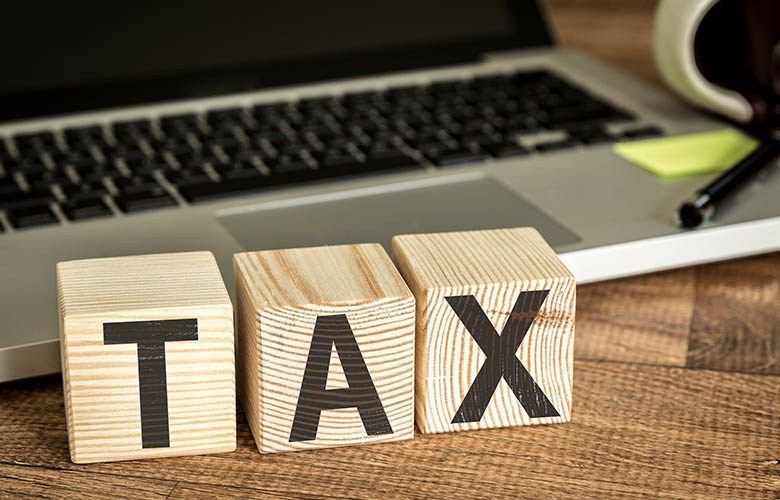By Jess Sluggett
•
November 19, 2025
Director Penalty Notices: What Every Company Director Needs to Know Running a business can be demanding, and it’s easy for tax obligations to slip down the priority list during busy periods. However, one area that company directors must never ignore is compliance with Pay As You Go (PAYG) withholding, Superannuation Guarantee Charge (SGC), and Goods and Services Tax (GST) obligations. The Australian Taxation Office (ATO) takes these matters seriously, and one of the key tools it uses to enforce compliance is the Director Penalty Notice (DPN). What Is a Director Penalty Notice? A Director Penalty Notice is a formal notice issued by the ATO to company directors who have failed to ensure their company meets its PAYG withholding, SGC, or GST obligations. The DPN makes directors personally liable for the company’s unpaid amounts — meaning the ATO can recover these debts directly from the directors themselves. There are two types of DPNs: Non-lockdown DPN – applies when the company has lodged its activity statements and superannuation guarantee statements on time but hasn’t paid the debt. Directors have 21 days from the date of the notice to take action (such as paying the debt, appointing an administrator, or winding up the company). Lockdown DPN – applies when the company has failed to lodge its BAS, IAS, or superannuation statements within the required timeframes. In this case, the penalty is locked down to the director personally, and placing the company into administration or liquidation won’t remove the liability. Where Are Director Penalty Notices Sent? DPNs are sent by post to the director’s address listed on the Australian Securities and Investments Commission (ASIC) register. This is important — even if you’ve moved and haven’t updated your ASIC details, the ATO considers the notice delivered once it’s posted to the registered address. There are no extensions or excuses if you don’t receive it in time due to an outdated address. You Should Contact Your Accountant Immediately If you receive a DPN, time is critical. You generally have only 21 days from the date of the notice (not the date you open it) to take action. That’s why it’s vital to contact your accountant or tax agent as soon as possible. Your accountant can: Review the notice and confirm what liabilities it covers Help you assess the company’s financial position Advise on the available options, including payment plans or formal insolvency appointments Liaise with the ATO on your behalf to explore possible relief or negotiate outcomes The sooner you act, the greater the range of options available to protect both you and the business. What Happens If You Ignore a DPN? Ignoring a DPN is one of the costliest mistakes a director can make. If no action is taken within the 21-day period, the ATO can: Enforce recovery directly from the director’s personal assets Issue garnishee notices to recover funds from your bank accounts or wages Begin legal proceedings against you personally In cases of lockdown DPNs, the personal liability remains even if the company later goes into liquidation or administration. Key Takeaways A Director Penalty Notice is not just another ATO letter — it makes you personally liable for company debts. Always ensure your company lodges its tax and super obligations on time, even if payment can’t be made immediately. Keep your details up to date with your Accountant and ASIC. And if a DPN arrives, contact your accountant straight away. Acting quickly can make all the difference between resolving the issue and facing significant personal consequences.






